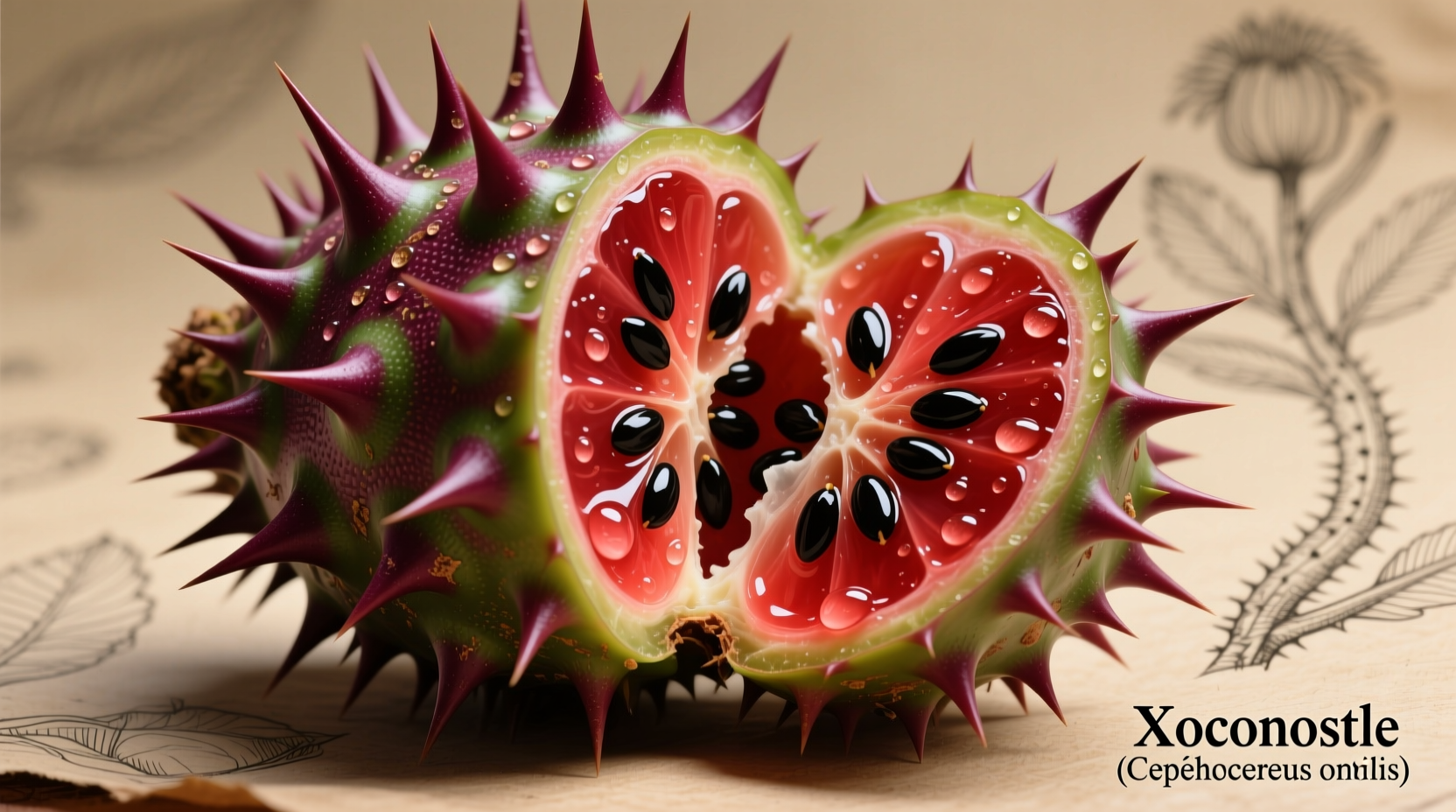Have you ever found yourself stuck in a game of food-themed alphabet trivia, desperately searching for something that starts with X? You're not alone. This linguistic puzzle has stumped trivia enthusiasts and food lovers alike for decades. Understanding why foods starting with X are so rare provides fascinating insights into language evolution, cultural borrowing, and the history of global cuisine.
The X-Food Conundrum: Why So Few Options?
The scarcity of foods beginning with X stems from linguistic history. In English, X rarely appears at the beginning of native words—it typically represents the /z/ or /ks/ sound that evolved from Greek loanwords. Most "X" foods entered English through transliteration of foreign terms, explaining their limited adoption in everyday culinary vocabulary.
According to linguistic research from Merriam-Webster, the letter X has consistently been one of the least common initial letters in English, accounting for less than 0.05% of all English words. This linguistic quirk directly impacts our food vocabulary.
Actual Foods Beginning With X (The Complete List)
Despite the challenge, three legitimate food options beginning with X exist, though they're primarily known by their regional names rather than common English usage:
| Food Name | Origin | Description | Common Usage |
|---|---|---|---|
| Xigua | China | Chinese term for watermelon (Citrullus lanatus) | Rarely used outside Chinese culinary contexts |
| Ximenia | Africa | Fruit from Ximenia genus, also called African plum or sour plum | Primarily used in traditional African medicine and cuisine |
| Xoconostle | Mexico | Tart prickly pear fruit (Opuntia matudae), "sour fruit" in Nahuatl | Used in Mexican cuisine for salsas and beverages |

Why Xanthan Gum Doesn't Count (And Other Common Misconceptions)
You might have heard "xanthan gum" suggested as an answer. While technically a food ingredient, it's a processed additive rather than a whole food. Similarly, "xylocarp" refers to a botanical classification of fruits with hard shells, not a specific edible item.
The USDA Agricultural Research Service confirms that ximenia (Ximenia americana) appears in their database as a recognized edible plant, while xigua and xoconostle are documented in regional food studies but lack standardized English naming conventions.
Practical Applications for Food Enthusiasts
Understanding this linguistic gap can actually enhance your culinary knowledge. When exploring global cuisines, recognizing that many foods have "X" names in their native languages reveals fascinating cultural connections:
- When traveling in Mexico, ask for xoconostle in local markets to experience authentic preparation methods
- Chinese grocery stores may label watermelon as xigua in their produce sections
- Culinary historians use these terms when researching pre-colonial food traditions
Alternative Approaches to the X-Food Challenge
For trivia purposes, consider these legitimate alternatives that maintain accuracy while solving the alphabet puzzle:
- Focus on regional names: Use "xoconostle" with proper context about its Mexican origin
- Expand to food-related terms: "Xylitol" (a sugar substitute derived from birch trees)
- Consider historical terms: "Xylocarp" when discussing fruit classifications
Food historians at the Oxford Symposium on Food and Cookery note that linguistic evolution often obscures original food names. Many ingredients we take for granted today underwent significant name changes as they traveled across cultures—a process that particularly affected words beginning with X.
What This Teaches Us About Culinary Linguistics
The X-food dilemma illustrates how language shapes our relationship with food. As documented in the Journal of Culinary Science & Technology, food naming conventions reflect historical trade routes, colonial influences, and cultural exchanges. The absence of X-starting foods in English reveals which culinary traditions influenced our modern vocabulary most significantly.
When you encounter similar linguistic gaps in food terminology, consider it an invitation to explore the rich cultural history behind our everyday ingredients rather than merely a trivia challenge.











 浙公网安备
33010002000092号
浙公网安备
33010002000092号 浙B2-20120091-4
浙B2-20120091-4